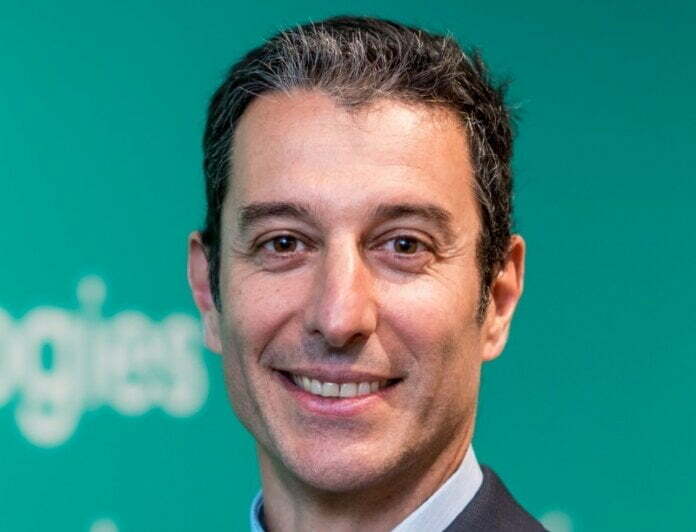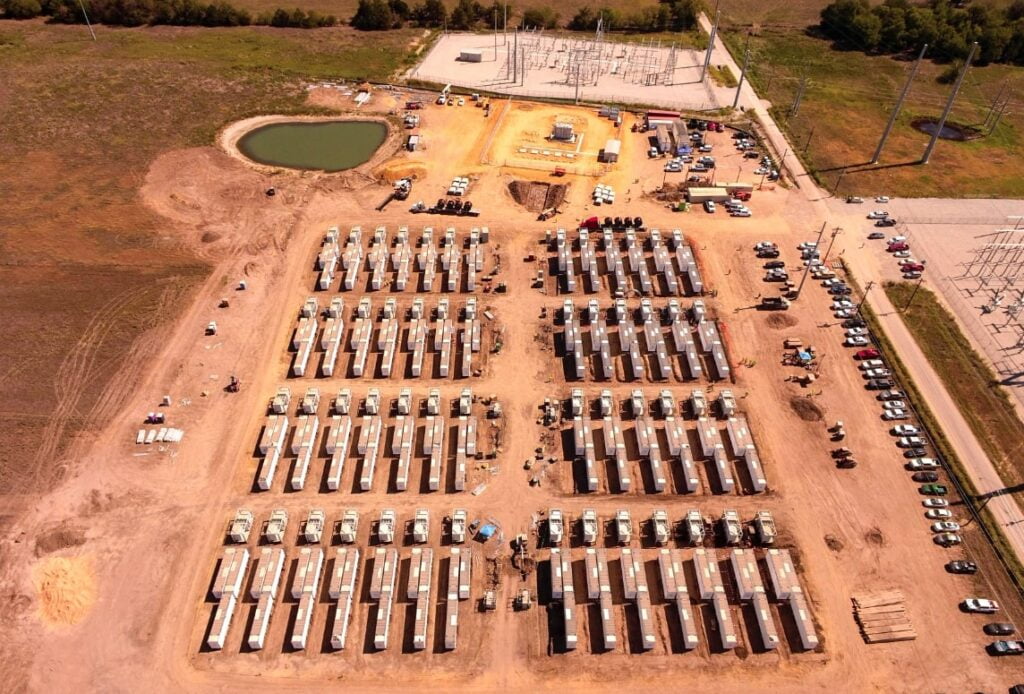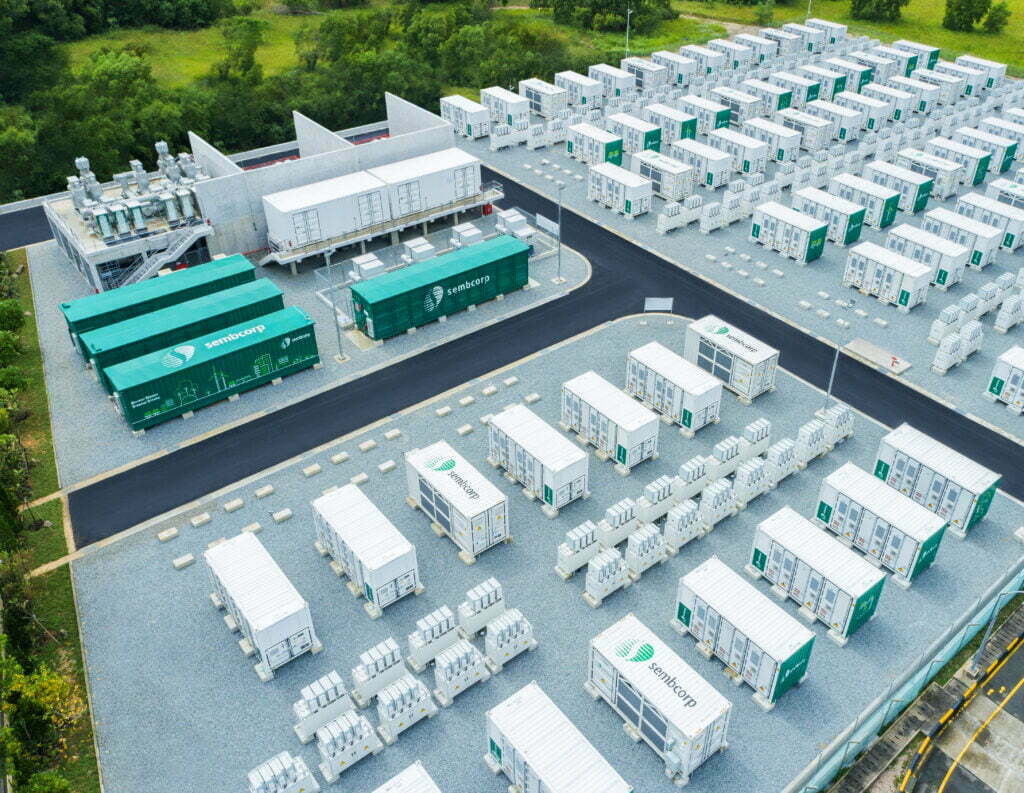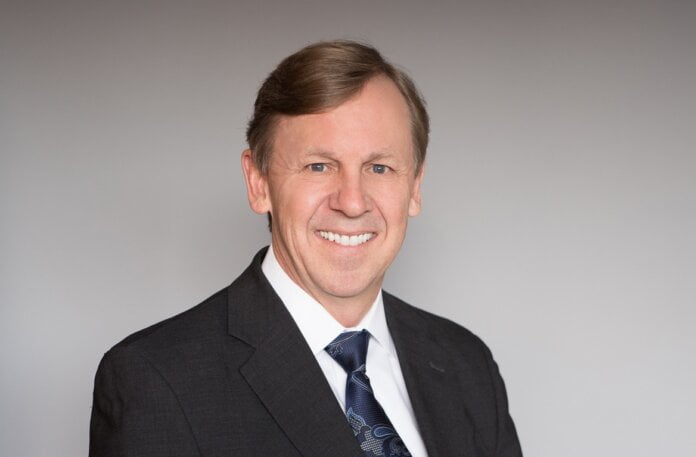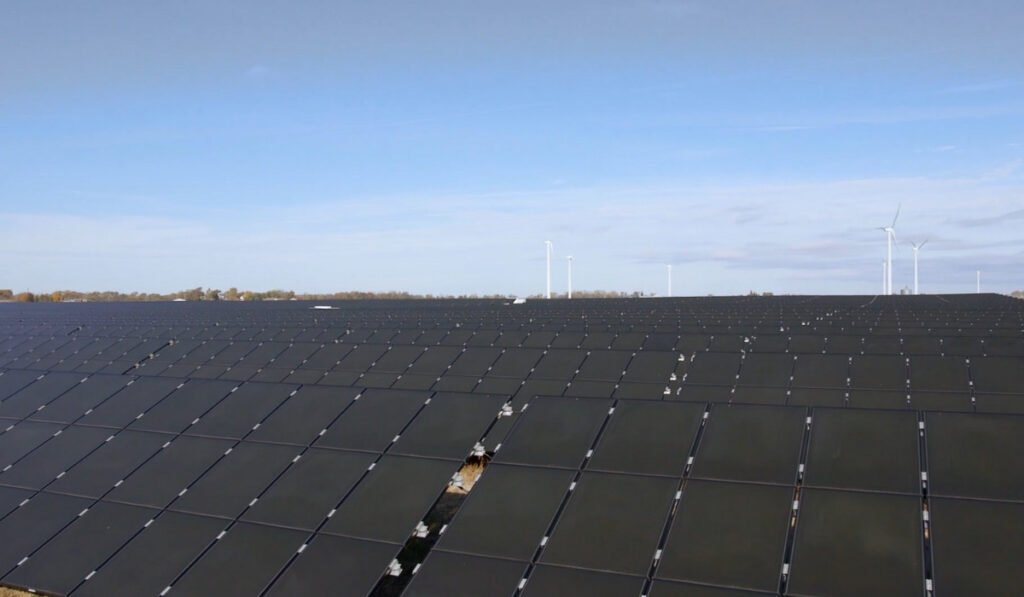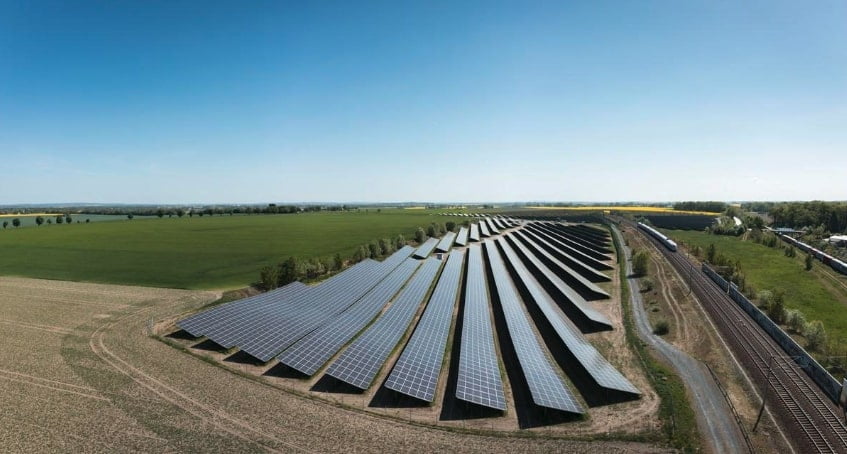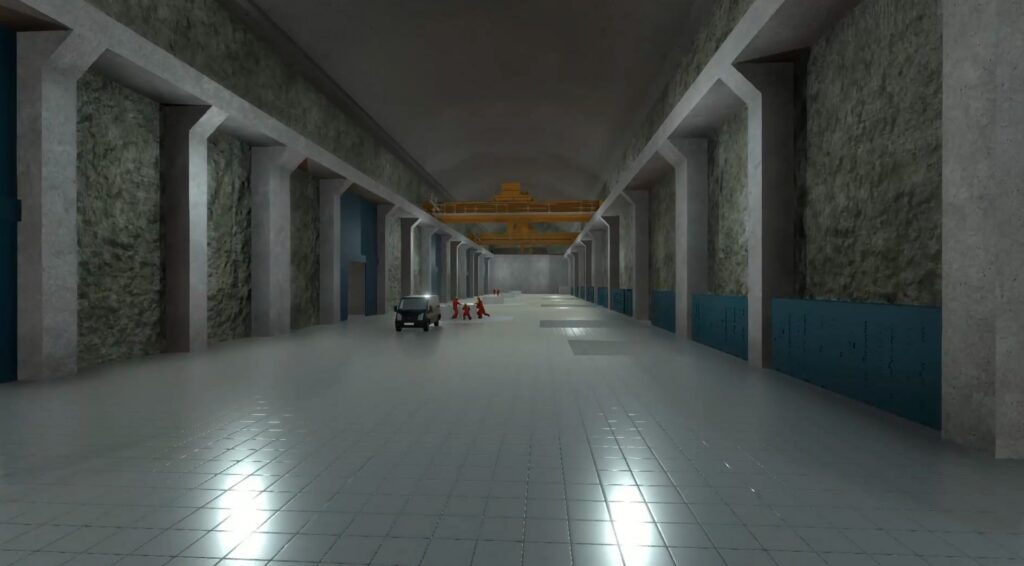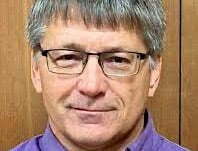Sembcorp’s 200MW/285MWh BESS project on Jurong Island. Image: Sembcorp.
Adopting an “agile working method” without taking any shortcuts on safety or other standards was crucial to DNV testing and certifying a 200MW battery project in Singapore in “record time”.
When it came online a few months ago ahead of an official inauguration event in February, the battery energy storage system (BESS) project was notable for a few different milestones that it marked.
For one, it is Southeast Asia’s largest battery storage facility to date, at 200MW/285MWh, built on Singapore’s Jurong Island, host to industrial parks and much of the city-state’s energy infrastructure. The BESS helps to integrate higher shares of variable generation from solar PV onto the grid.
It also meant that Singapore’s Energy Market Authority (EMA), which awarded the project to domestically headquartered developer Sembcorp, was able to achieve a national 200MWh deployment target for energy storage by 2025.
It was also reported by this site when Sembcorp and EMA hosted the opening event that it had been delivered in just six months, from Sembcorp receiving the contract in mid-2022 to commissioning in December.
While battery storage projects do tend to have much faster lead times than many other types of energy and infrastructure assets, typically, a project of this size would take around 15-18 months, according to DNV.
DNV witnessed the required testing, processed raw data collected and approved the final commissioning reports which came from the BESS providers, Huawei and Envision. While DNV said it was not able to comment on the technical differences in testing and evaluating equipment at the site from two different OEMs, project manager Modini Yantrapati did respond to a few other questions from Energy-Storage.news about the project.
Energy-Storage.news: What type of independent evaluation work did DNV carry out on the project?
Modini Yantrapi, project manager, DNV: DNV was appointed as an independent risk management company to witness the commissioning tests for the Sembcorp 285MWh BESS and conduct data analysis to provide technical memos for the successful operations as per local grid requirements.
What sort of testing or other work needed to be carried out, perhaps regarding ensuring the project met all the applicable local regulations, in addition to any relevant international standards?
MY: Singapore has not yet formulated mandatory compliance requirements specific to BESS.
However, DNV followed its GRIDSTOR Recommended practice, developed from international standards and lessons learnt from various grid-connected projects, from October to December 2022, to ensure a systematic approach with various parties involved such as OEMs, EMS providers in adherence to the planned timeline (Editor’s note: GRIDSTOR was first published in 2016 and has since been updated by DNV).
An agile working method was adopted by DNV with its site presence and providing solutions on-the-go.
What can this project inform stakeholders in Singapore and across the wider Southeast Asia region about the prospects and potential for energy storage?
This project is a testimony to the great collaboration of stakeholders involved to achieve record-time installations on Jurong Island in Singapore, despite prolonged periods of rain during a few days during those months.
This also proved to be an efficient way to best integrate energy storage into Singapore’s energy networks, which will be required for it to achieve a targeted 2GW of solar PV capacity by 2030 and for emissions to peak by that time.
Soon, solar-plus-storage solutions will be sought out as “package” as required by the growing electricity demand in the wider Southeast Asia region.
Region seeing real ‘uptick in investments’
DNV Energy storage systems lead for the APAC region, George Garabandic, who also worked on the project, said last year in an interview for our quarterly journal PV Tech Power (vol.33) that there has been a real “uptick in investments” in energy storage in Southeast Asia.
This has followed several prior years of market-seeding activities by DNV and other stakeholders, with Garbandic citing the interest accelerating rapidly in Vietnam, Thailand, Taiwan, Philippines, Malaysia and Indonesia as well as in Singapore. Investment activity began going up about three to four years ago, before a significant ramp up in the last year or two.
One of the key pieces still missing to help provide a business case more investors can become comfortable with, said Garabandic, is a “unifying and a firm grid interconnect norm, which is valid for every single large utility-scale renewable project”, with many countries in the region close to or arriving at full hosting capacity for renewables on their grids.
“Once this is available, then potential investors will look at these new interconnect norms, that will encompass some level of dispatchability of renewables, and based on these norms, they will provide the necessary storage capability within their renewable parks and maintain compliance,” the DNV APAC lead for energy storage said.
Read an extract of the article ‘Southeast Asia’s emerging energy storage opportunities’ on this site here, or subscribe to PV Tech Power to read the article in full.
Energy-Storage.news’ publisher Solar Media will host the 1st Energy Storage Summit Asia, 11-12 July 2023 in Singapore. The event will help give clarity on this nascent, yet quickly growing market, bringing together a community of credible independent generators, policymakers, banks, funds, off-takers and technology providers. For more information, go to the website.
Continue reading


